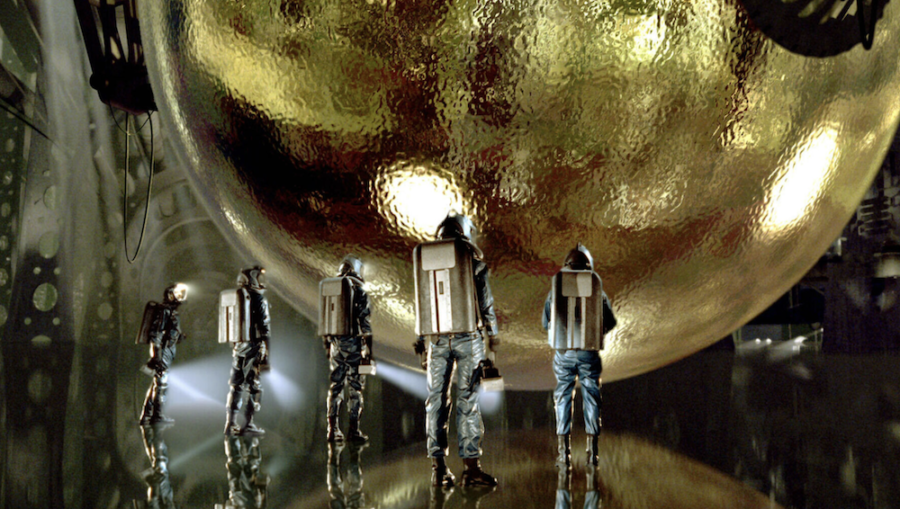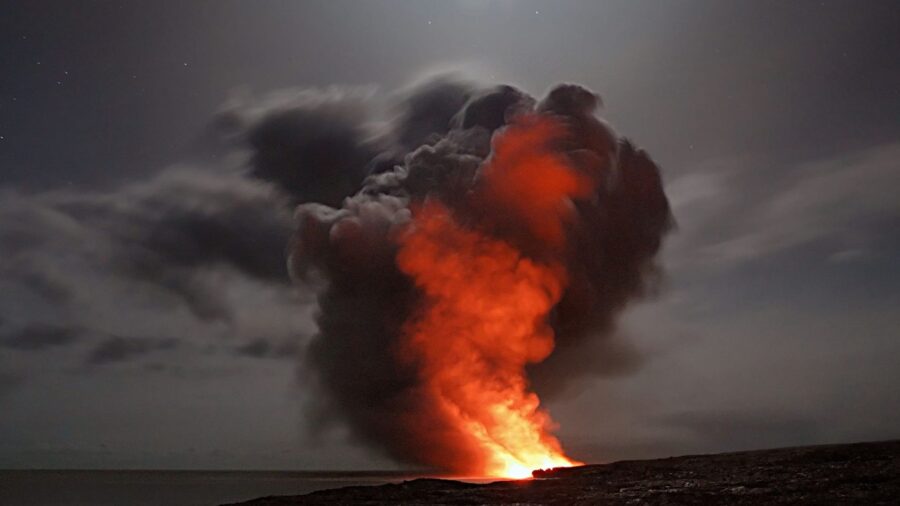Superstructure Found Under The Ocean And It’s Growing

Stretching for hundreds of miles along the northeastern edge of the Pacific region of Melanesia, the Melanesia Border Plateau has long been a geological enigma. While we’ve known this superstructure exists, we’ve never known much about it or how it came to be. But now, in a groundbreaking study led by University of Nevada geoscientist Kevin Konrad, an international team of researchers reveals that this 222,000 square-kilometer underwater landmass is still growing.
The Melanesia Border Plateau is constructed of dead reefs and failed islands. It’s a geological wonder that’s left scientists stumped for decades. Until now, the details of the superstructure’s origin were shrouded in uncertainty, prompting scientists to embark on a quest to unveil the secrets hidden beneath its rocky surface.
The ongoing deformation of the crust, influenced in part by the rollback of the Pacific plate beneath the Tongan trench, continues to shape the Melanesia Border Plateau to this day.
The study reveals that the Melanesia Border Plateau’s rocky bones consist of cooled magma released during the Cretaceous Normal Superchron, a period dating back roughly 122 to 83 million years. What makes the plateau’s formation particularly intriguing is the absence of a singular massive flood of magma, a scenario that could have had profound environmental consequences.

Researchers delved into the complexities of the Melanesia Border Plateau’s creation by utilizing previously published data on isotope ratios and other forms of geochemistry. By modeling the progress of the crust as it passed over high-temperature plumes in the mantle, known as hotspots, the team began to piece together the puzzle.
This massive underwater superstructure has yet to reach its full potential.
Hotspots are intense fountains of heat rising from the mantle. They remain relatively fixed as the crust gradually moves across them. This results in a blistering column of magma being forced through weaknesses in the rock, giving rise to volcanic activity and forming geological structures such as islands, mountain ridges, submerged walls of seamounts, and the Melanesia Border Plateau.
The study identifies key hotspots that played a pivotal role in forming the Melanesia Border Plateau. Around 120 million years ago, the Louisville hotspot in the South Pacific laid the foundation, oozing out magma that created what is now known as Robbie Ridge and surrounding seamounts. Over 45 million years, the weakened section of crust encountered the Rurutu-Arago hotspot, leading to the rise of new islands and seamounts whose roots contributed to the plateau’s structure.
A third hotspot reactivated the formation of seamounts and islands about 20 million years ago. The ongoing deformation of the crust, influenced in part by the rollback of the Pacific plate beneath the Tongan trench, continues to shape the Melanesia Border Plateau to this day. This means this massive underwater superstructure has yet to reach its full potential.
It’s a geological wonder that’s left scientists stumped for decades.
Learning more about the Melanesia Border Plateau provides a blueprint for understanding the formation of other large igneous provinces. The study suggests that such formations may emerge slowly and silently over time, challenging previous notions that cataclysmic eruptions were the primary drivers of their creation.
It also has important environmental ramifications, helping us to understand more about Earth’s climate. Had the Melanesia Border Plateau formed in a single massive flood of magma, the consequences could have been profound, impacting climate change and potentially contributing to past extinction events.
Source: Science Direct











